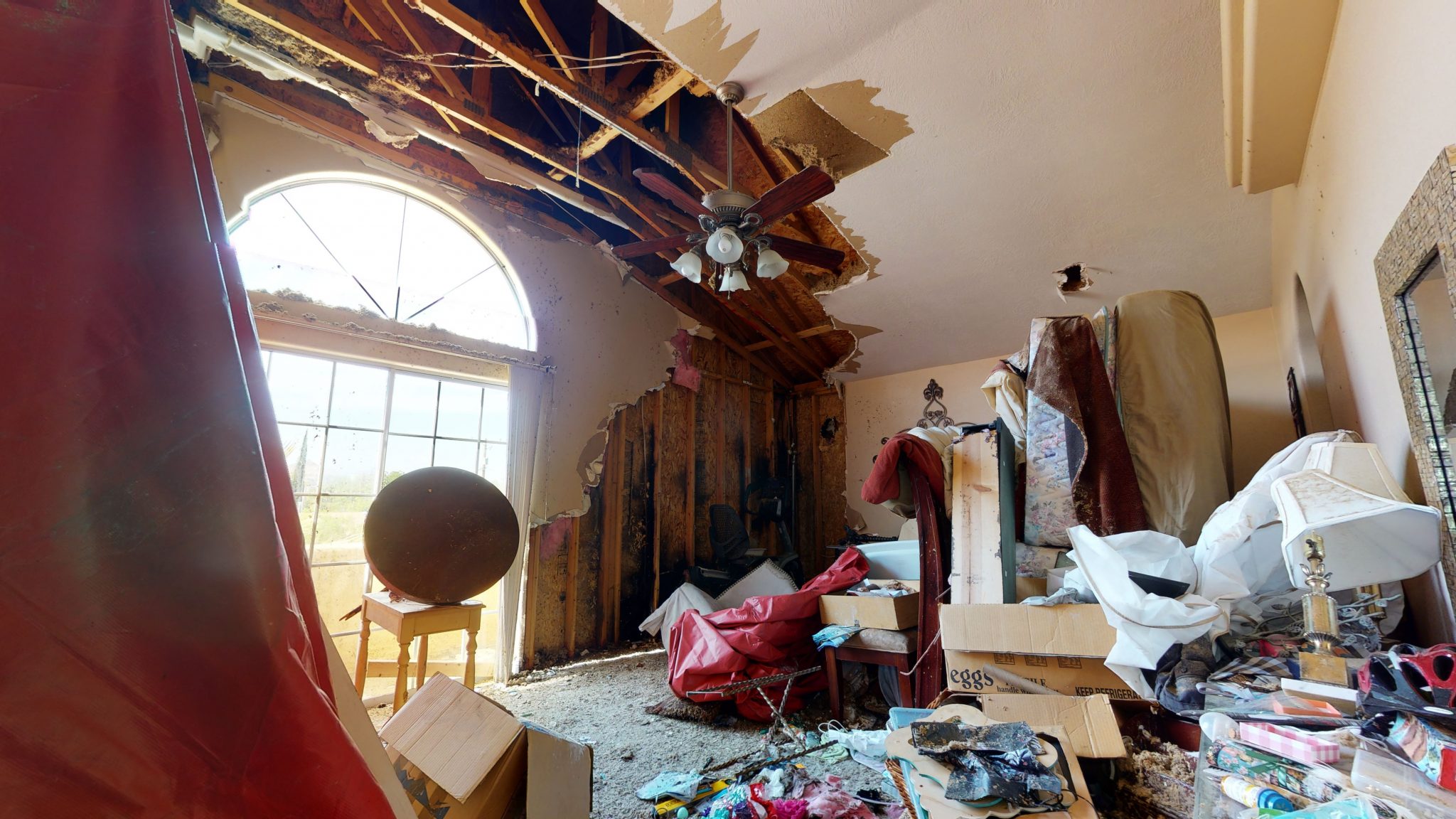Welcome back to the Utah Disaster Kleenup Blog, where we discuss previous disasters we have kleened up and talk about our process for getting families back in their home.
Last week we discussed the cause of a 2020 house fire in Hurricane, Utah and how dangerous house fires are. This week we are discussing the damage done to the home and what kind of unique damage house fires and smoke can cause in-depth.
Once the family was safely evacuated, it took firefighters a few hours to put out the blaze and make sure there were no additional embers still smouldering inside the home.
What makes house fires so dangerous?
Part of what makes house fires a challenge is putting them out can cause massive water and chemical damage to the house depending on what has caught on fire and what was required to put out the fire. And if embers in a home are not caught and snuffed out in time another blaze can catch and put the entire ordeal at square one again- so being thorough and efficient while in the middle of fighting a fire is key.
After the contents of the home were removed we began assessing the damage. While only 30% of the home received structural damage from the burning embers, it was found that 100% of the home sustained smoke damage of varying levels of severity.

Structural Damage
Structural damage is usually defined as any type of damage that either compromises or affects the integrity of your home. Typical structural damage is damage to the foundation, roof, walls, and in particular, load-bearing walls. When these core components of your home are damaged then the structure may not support the house and is prone to complete collapse.
Smoke damage
Smoke damage is any physical harm caused by smoke, not by the fire. Normally, smoke does not destroy objects or property the same way a fire does. That does not mean smoke damage is no big deal- it can still cause terrible results.
Usually smoke damage coats things in soot and a persistent unique odor. Part of how smoke develops its unique odor boils down to what fuels the fire.
When firewood is burned it usually releases a pleasant campfire smell. But when a fire is engulfing not just wood but your house and what makes up your house, like paint, appliances, furniture, and even vehicles the smoke’s smell is greatly altered. Smoke can also be filled with deadly carcinogens and toxins that are hard on the body and lungs.

When all was said and done the total cost of the damages to the home were $XX,XXX, a hefty price to pay for burning weeds in the front yard.
Given the destruction to the house and how much smoke permeated in the home, you may ask yourself “How did UDK take care of this?” Which you can learn all about next week when we detail everyone’s favorite part of our process: The Kleenup!
Call our non-emergency line for more information on how we can kleenup any disaster your home has encountered, big or small!
To learn more about how UDK restores homes after a fire check out our Fire and Smoke Damage Restoration and Repair page!
Non-Emergency Inquiries
Contact us for Your FREE Quote!
Categorised in: Case Studies
This post was written by Keri Jones
